Note from the GCF Directors
2019 marks the tenth anniversary of the Giraffe Conservation Foundation (GCF) since it was officially registered as the first-ever giraffe conservation charity in the world.
This is an appropriate occasion for us to reflect on what has been achieved with regard to giraffe conservation and on how much GCF has grown during its first decade. Our team now comprises 19 people, who are based in six countries. GCF works on, manages and supports giraffe conservation initiatives that concern all four species of giraffe in 15 African countries. Giraffe conservation is now being guided by National Giraffe Conservation Strategies and Action Plans in four African countries, which were all developed with the support of GCF. Our work has an impact on over 171,000 sqkm (42 million acres) of giraffe habitat and we have supported the successful translocation of over 100 giraffe, which has effectively increased giraffe habitat in Africa by over 21,000 sqkm (5.1 million acres).
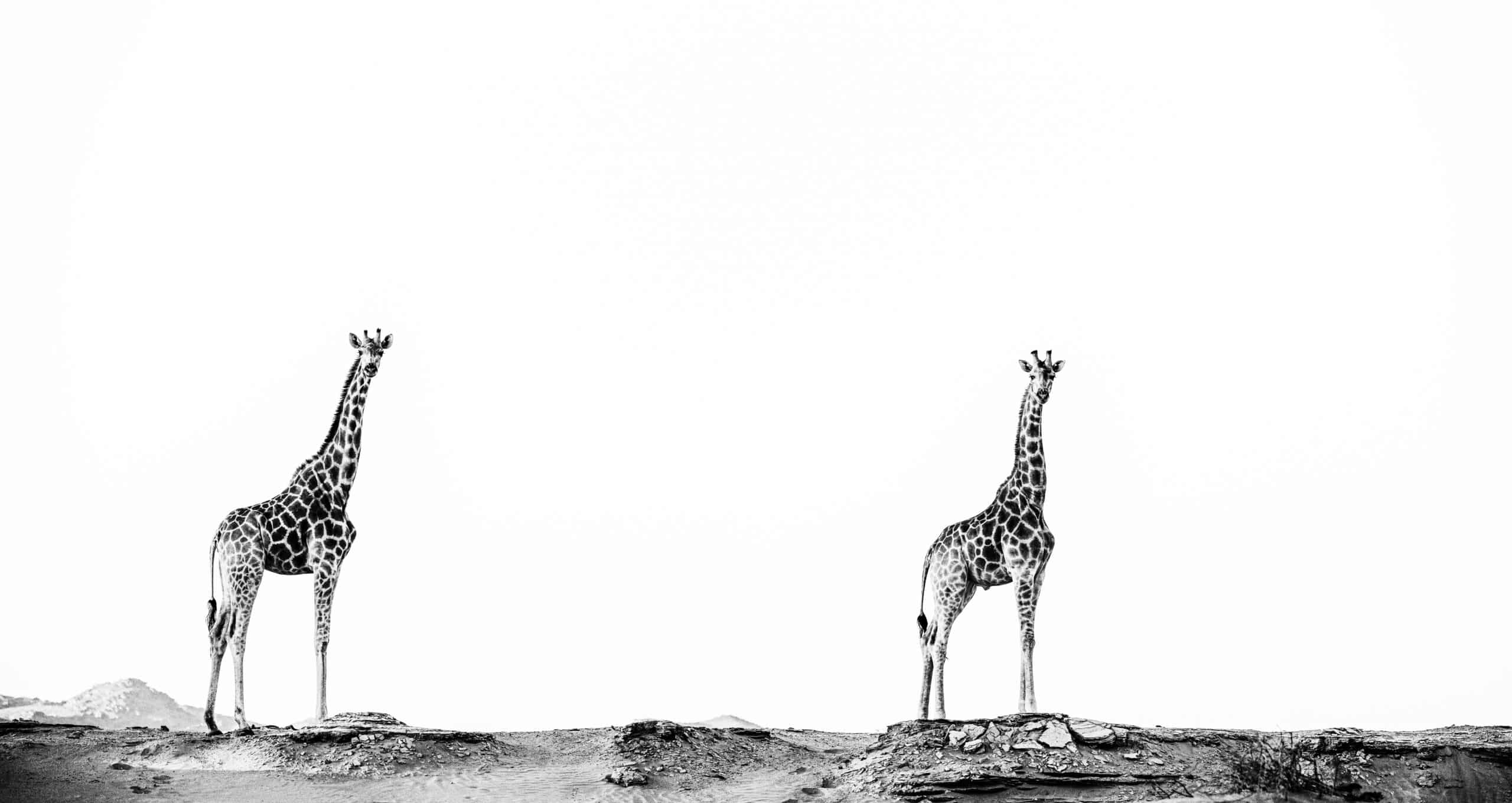
These are impressive numbers and the achievement of them is certainly something to be proud of. There is no doubt that GCF is having a positive impact on giraffe and their habitat in Africa. But this is not the time to rest on our laurels as there is so much more to do. The more we learn about giraffe, even if it is the most basic information concerning their numbers and distribution, the more we realise that so much more is needed. Giraffe and other wildlife continue to face immense pressures throughout the entire African continent. We certainly have our work cut out for us. Giraffe need our support now and our work needs to continue, particularly in the less glamorous and more hostile locations in Central, East and West Africa where the northern, reticulated and Masai giraffe are under real threat.
GCF remains the only organisation in the world that concentrates solely on the conservation and management of giraffe in the wild throughout Africa. As giraffe conservation gains more airtime internationally, new players enter the conservation stage, which can only be beneficial for giraffe and their future in Africa. Even so, no other organisation covers the same geographical and technical breadth of giraffe conservation as GCF does throughout the African continent.
And so, we will continue with what we do best: working with a wide range of partners towards a sustainable future for all giraffe populations in Africa. We take this opportunity to thank all of you for your continued support, partnership and friendship. Thank you for sticking your necks out for giraffe conservation in Africa during this last year.
Together we #StandTallForGiraffe – because if we don’t, no one else will!
—Steph & Julian Fennessy

What else is inside ...
- About GCF
- Board of Directors
- Staff Complement
- Key Conservation Partners
- Programmes & Projects in Africa
- Giraffe Action Fund
- Twiga Tracker
- Capacity Building
- Wildlife Capture Exchange
- Education Materials
- Scientific Publications
- Khomas Environmental Education Programme (KEEP)
- Operation Twiga IV: Giraffe return to Pian Upe Wildlife Reserve
- Uganda: De-Snaring Monitoring at a Glance
- Hot spot on Tanzania: Masai giraffe are listed as Endangered on the IUCN Red List
- Giraffe Conservation Symposium & International Conventions
- GCF Financial Summary
- Donors
- Contact / Support
Message from the GCF Board Chair
2019 marks a decade of the Giraffe Conservation Foundation (GCF) making a difference in saving some of the most majestic mammals on the planet. When I first visited Julian and Steph Fennessy in Windhoek, Namibia, GCF was mostly a concept – an idea – that had been developed by a few very passionate people who had recognised the plight of giraffe and set out to do something about it.
Not only has GCF now brought the plight of giraffe to the world’s attention, this small team and its partners have made a phenomenal conservation difference over the last decade in expanding our knowledge of giraffe species and their distribution throughout Africa. In addition to education and awareness programmes, the team is now active in giraffe conservation in 15 countries, where they provide technical, financial as well as hands-on conservation support.
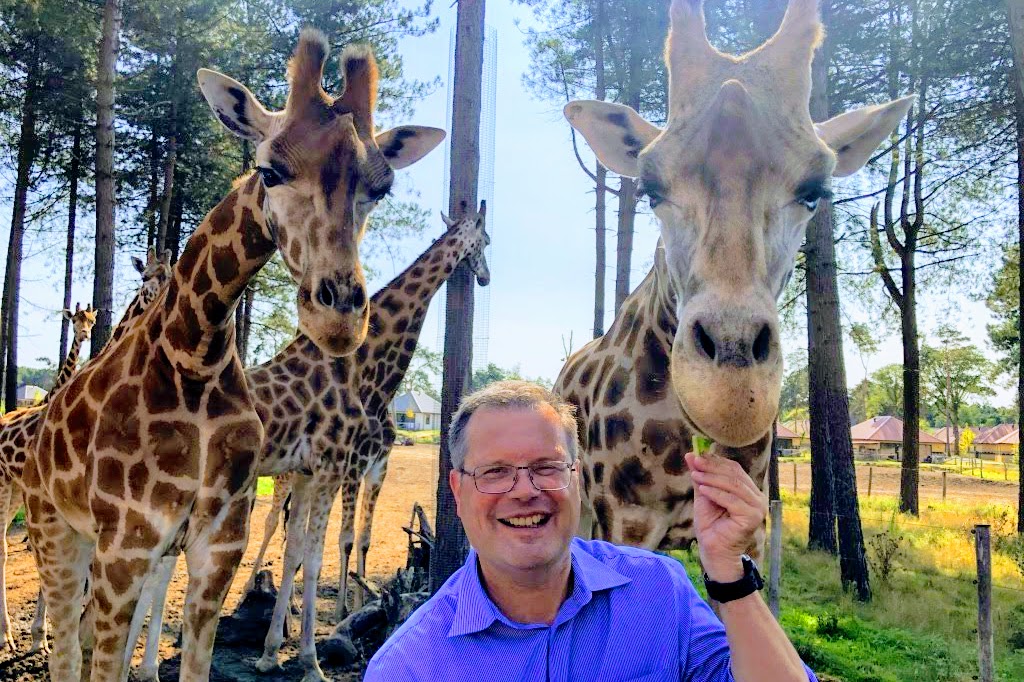
Yours Sincerely,
Till Hollmann
Chair of the GCF Board
Key Conservation Partners
Working with partners is the core of GCF’s values and conservation approach. Over the past years we have forged numerous key conservation partnerships around the world, particularly throughout Africa. We are proud to work closely with our partners towards saving giraffe in the wild.
For this year, as there are too many, there is only enough space to highlight the following key conservation partners – although all of you are just as important:

Programmes & Projects in Africa
Over the past decade, GCF, together with our partner Senckenberg Biodiversity and Climate Research Centre (BiK-F), performed the first-ever comprehensive DNA sampling and analysis study of all major natural populations of giraffe throughout their range in Africa. As a result, an update of the traditional taxonomy now exists. This study revealed that there are four distinct species of giraffe: Masai giraffe (Giraffa tippelskirchi), northern giraffe (G. camelopardalis), reticulated giraffe (G. reticulata), and southern giraffe (G. giraffa). Nubian giraffe (G. c. camelopardalis), Kordofan giraffe (G. c. antiquorum), and West African giraffe (G. c. peralta) are the three subspecies of the northern giraffe, while Angolan giraffe (G. g. angolensis) and South African giraffe (G. g. giraffa) fall under the southern giraffe. Rothschild’s giraffe is genetically identical to the Nubian giraffe, and thus subsumed into it. Similarly, the Luangwa giraffe is genetically similar to the Masai giraffe, but possibly a separate subspecies (G. t. thornicrofti). Based on this research, GCF refers to the updated giraffe taxonomy of four species in all conservation and management efforts.
GCF works on, manages and supports giraffe conservation initiatives that concern all four species of giraffe in 15 African countries.
Giraffe Action Fund & other highlights
GCF is a science-based organisation and we are committed to giraffe conservation action.
We often say, “There is always more we can learn about giraffe, but by the time we know everything about them, there might just not be any left in Africa to save.”
As such, GCF is committed to implementing giraffe conservation actions based on the best science available at the time. The Giraffe Action Fund was established with exactly this in mind, as well as to increase giraffe field conservation and management actions for giraffe throughout Africa.
Twiga Tracker
The Twiga Tracker Initiative is the largest GPS tracking study that has ever been conducted fore giraffe. In order to conserve giraffe and the diverse ecosystems they inhabit, we need a better understanding of where these animals move, how much space they need, and how they utilise their habitats within a range of different environments.
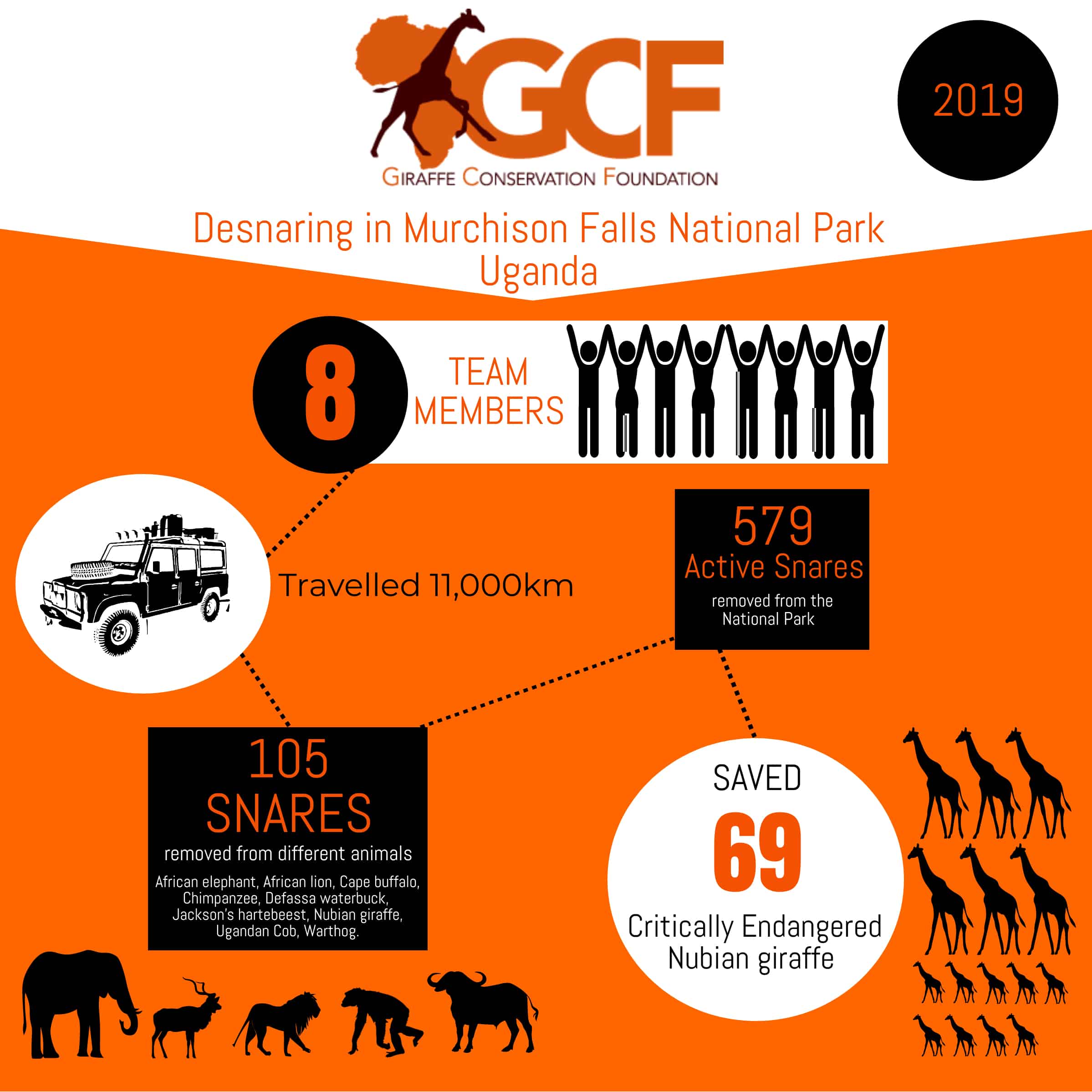
Uganda: De-Snaring Monitoring at a Glance
The Uganda Wildlife Authority and GCF have identified poaching, particularly the use of illegal wire snare traps, as a major conservation threat to the Critically Endangered Nubian giraffe in Murchison Falls National Park in Uganda. Together we are tacking this problem head on.
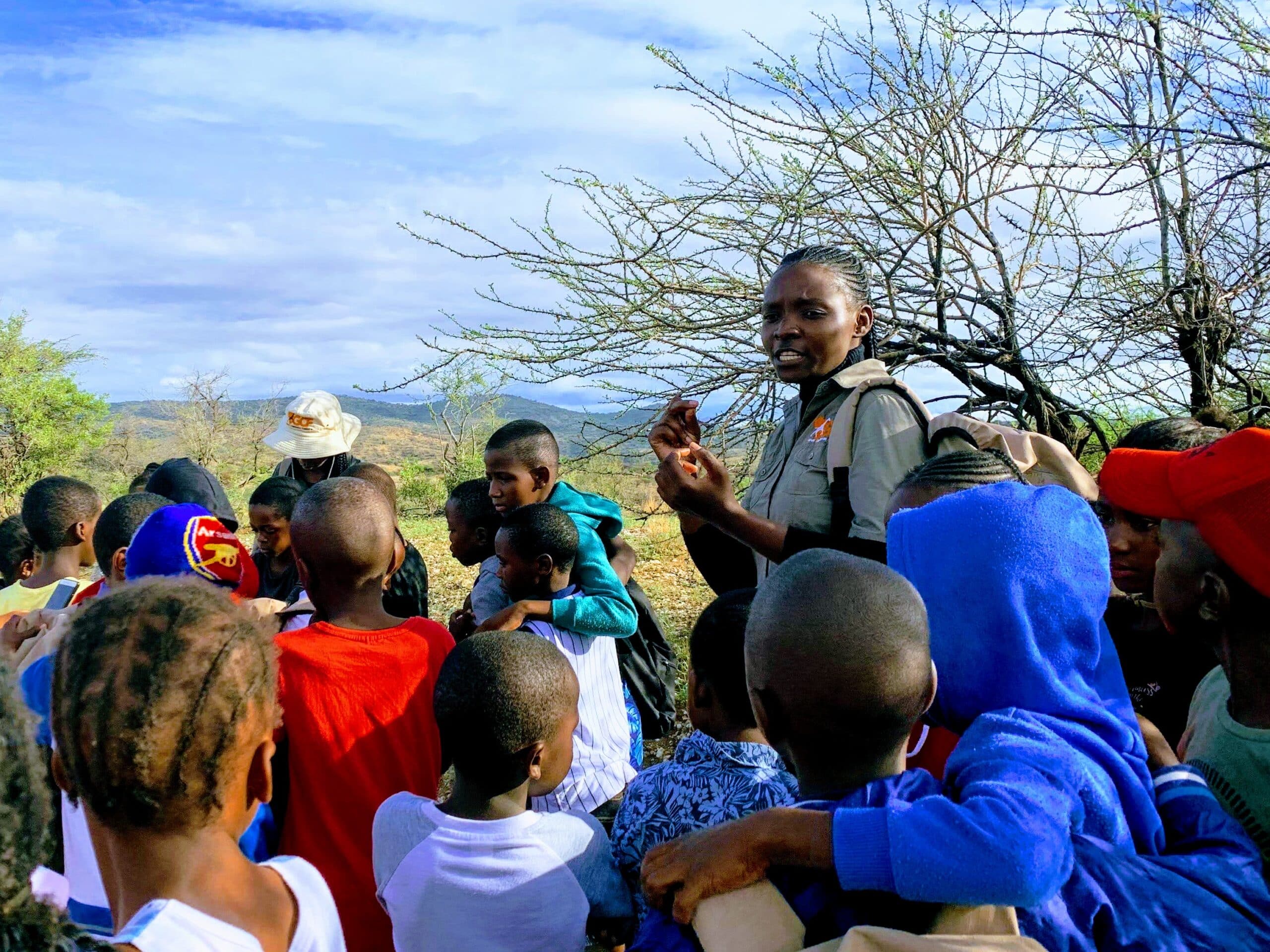
Capacity Building at all Ages
Giraffe can only be saved in Africa – by African people. Together with our partners, we work on all levels to support giraffe conservation in Africa: from environmental education for young school children to developing environmental education materials for local Africans, from ranger exchange visits to supervising African and international students and publishing scientific papers.
Donors & Supporters
We appreciate all your amazing support, and we could not continue with our important work without you!
Thank you!
Get Involved, Stay Involved
Give

Donations are the bread-and-butter of our conservation work.
Your donations directly contribute to our ability to ensure a sustainable future for giraffe in Africa.
Adopt

Giraffe Adoptions give you a personal connection to GCF’s work.
Much like donations, adoptions directly fund our conservation work.
Spread the Word
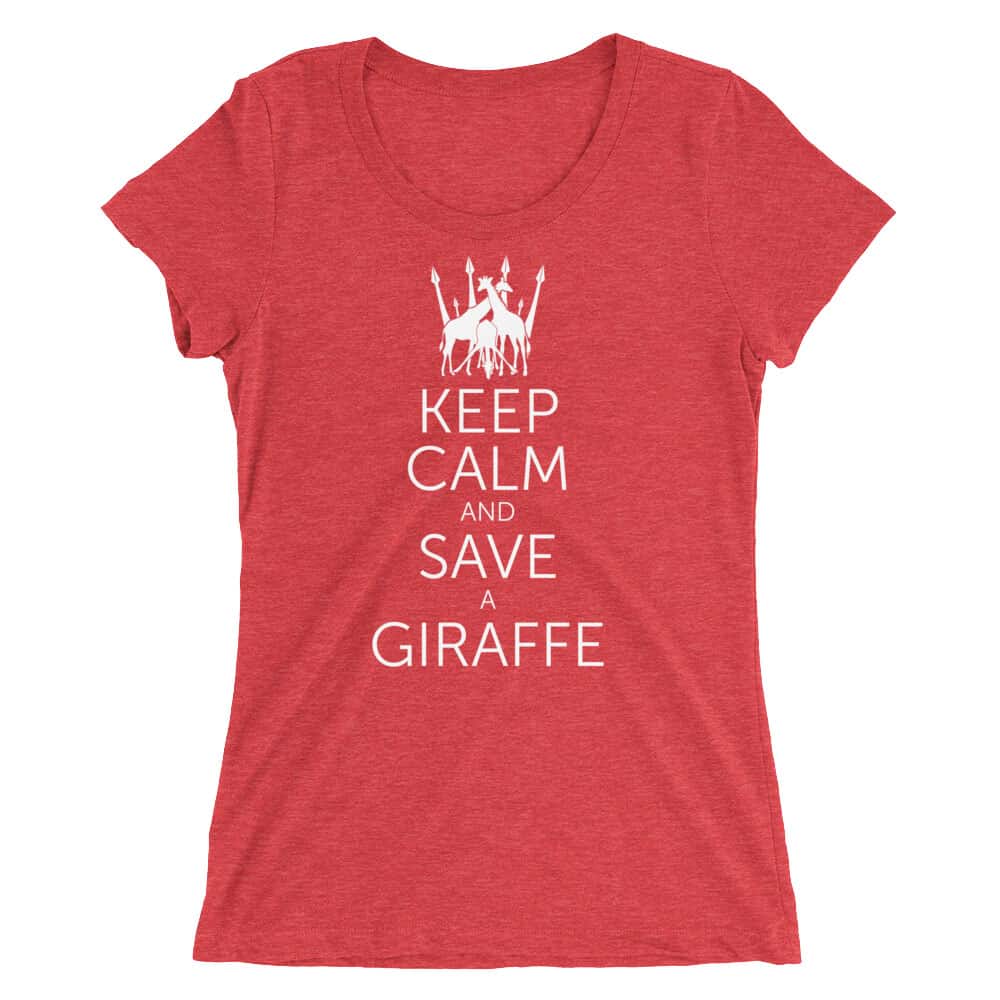
Wear our official apparel to support our work, and our message.
By buying official GCF gear, you’re supporting our work in two ways:
- You are literally wearing the message to help spread the word about giraffe endangerment.
- Funds from each purchase directly support our conservation work in Africa.

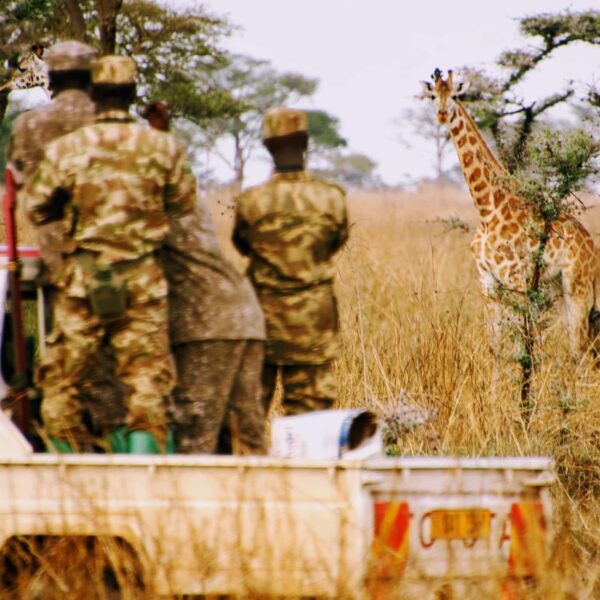
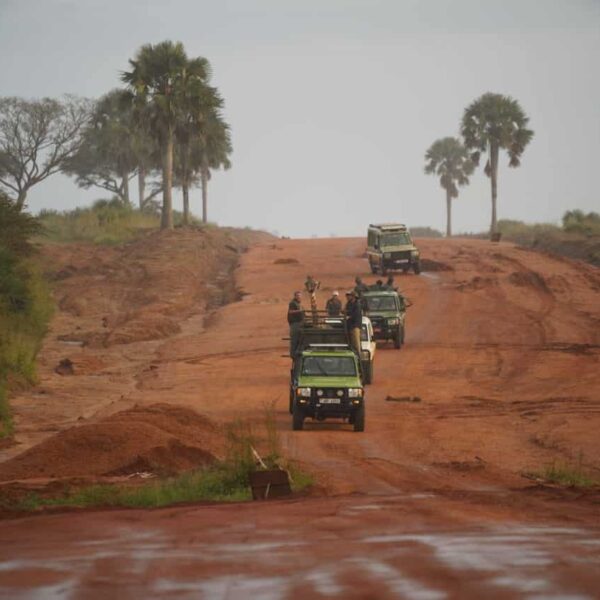
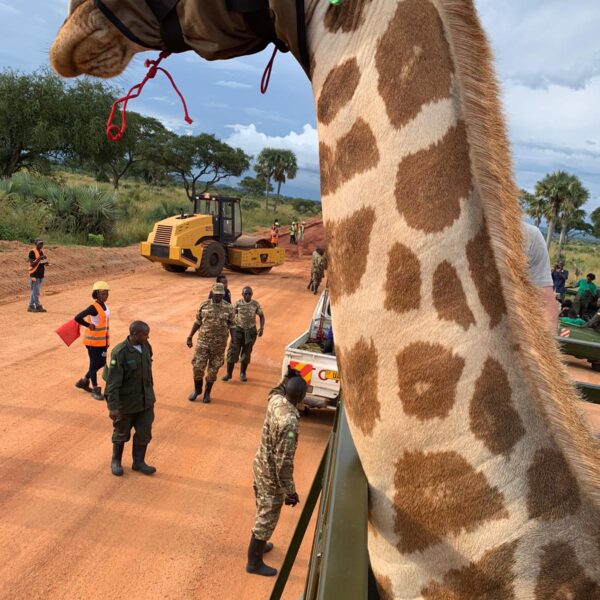
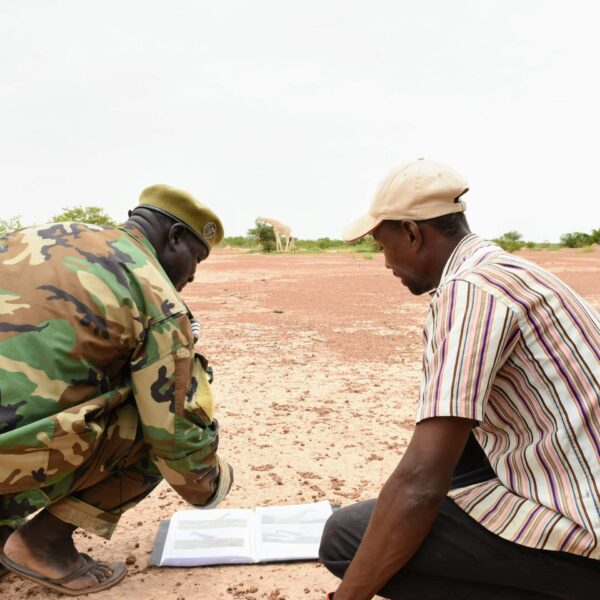
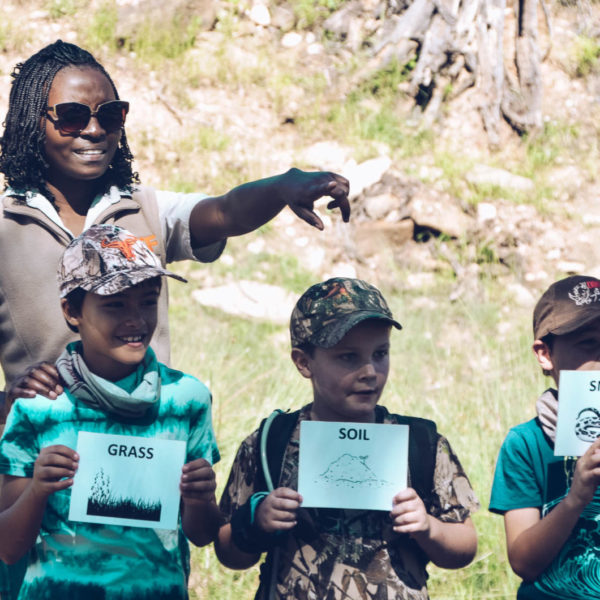
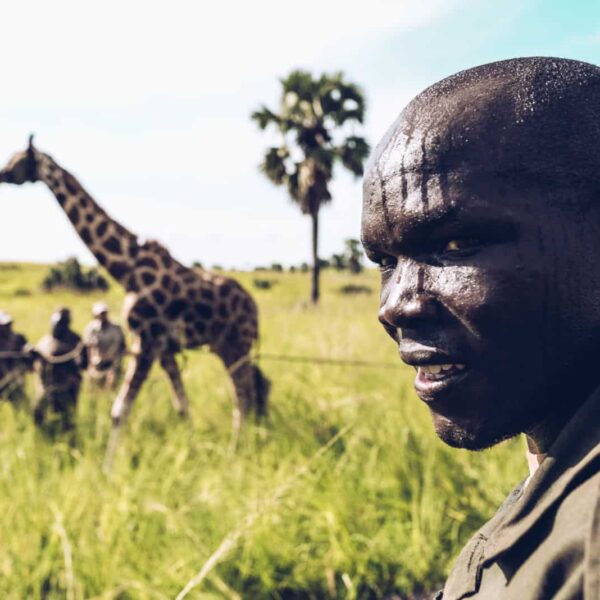
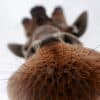
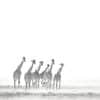


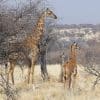

Stephanie; You sent much of what is here. Is there a way you can send me JUST the Financial report to download a SMALL pdf?
thanks
Hi Linda, I have followed up by email.
Bonjour chers tous, très ravis d’être parmi vous. Je suis un jeune chercheur Camerounais qui s’intéresse sur les problèmes de conservation de la Girafe dans le Parc National de Waza, Extrême nord Cameroun